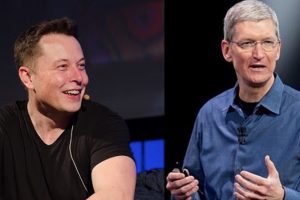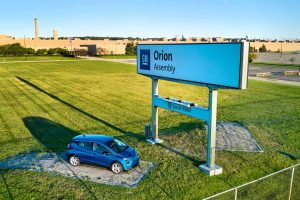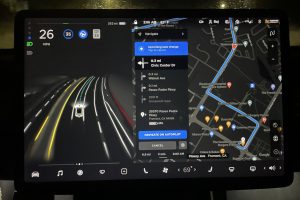A complete teardown of a Tesla Model 3 was recently commissioned by Nikkei Business Publications. What they learned amazed them and made them announce that Tesla is at least six years ahead of the competition. Without significant disruptions to their supply chains, other automakers may never be able to keep up. And the reason? That will be the Tesla-engineered and produced full self-driving computer known as Hardware 3. They shared their results with an engineer employed by a major Japanese automaker, according to the Asia Nikkei News, who exclaimed, “We cannot do it.”
Can they not make a small, water-cooled device that not only controls all the functions a car requires to drive itself, but also controls all the functions of a complete infotainment system? They can definitely do that. What the Japanese engineer said was not that, given ample time and money, his company could not reproduce the Tesla HW3 computer, but that doing so would cause a huge disruption of its supply chain. Multiple electronic control systems are used by all other companies, some have 20 or more. Tesla uses one.
Automakers are worried that machines such as Tesla’s would render redundant the supply chains they have cultivated over decades. Tesla is not shackled to external suppliers, so it is free to explore the best available technologies. In other words, the supply chains that have enabled the growth of today’s auto giants are now starting to impede their capacity to innovate, says Asia Nikkei. Oddly enough, when Tesla was just getting started in the automotive industry, several vendors declined to do business with it, fearing that they would not be able to pay its bills for a start-up that was on shaky ground.
Many also considered Tesla’s specifications for components odd. The organization didn’t want to use things straight off the shelf. They needed parts that were designed to their specifications. Suppliers were worried that there would not be enough volume to make it profitable if they spent the time and resources needed to fulfill Tesla’s standards, so they took a pass. That, in turn, forced Tesla to create many elements on its own. The decision not to engage with Tesla a decade ago may now lead to several of those suppliers leaving the company. The dilemma is similar to the other conundrum faced by conventional automakers: how to continue to be successful when transitioning slowly to produce electric vehicles.
Since it never designed traditional cars in the first place, Tesla does not have that question. It’s one thing to say that all existing car companies can simply turn to EVs faster, but what about the ripple effects of doing so? Who pays the workers who, as a result, get laid off? What about suppliers who rely on car companies for their livelihoods? There are up to 6 more for each autoworker on the assembly line whose jobs are dependent on helping the production process. An earthquake that will shake the auto industry to its very roots has been started by Tesla. The HW3 computer consists of two Tesla-developed 260mm square artificial intelligence processors, one for autonomous driving functions and the other for controlling Tesla’s advanced infotainment system that handles virtually all the functions of the vehicle, from heating and cooling to windshield wiper speeds to fart noises.
Between the two boards, a liquid cooled heat sink is fitted. The software to monitor both chips was also internally developed by Tesla. “From software to electric drive systems, Tesla is steadily bringing more development tasks in-house,” says Asia Nikkei.
Competitors would have no choice but to follow suit if this plan works, updating their old business models and supply chains as they attempt to counter Tesla’s head start. Industry experts expect such technologies to become widely available at the earliest by 2025. In principle, with the exception of the problem of reconfiguring their long-standing working relationship with their supply network, there should be nothing stopping Toyota or Volkswagen from developing similar AI computer systems before 2025, given their enormous financial resources and large talent pools. Of course, it’s one thing to suggest that other manufacturers will be able to catch up with Tesla in around 5 years, but in the meantime, Tesla will not stand still.
In order to push the EV revolution forward at high speed, its business strategy from Day One was to disrupt the auto industry.
Want to buy a Tesla Model 3, Model Y, Model S, or Model X? Feel free to use my referral code to get some free Supercharging miles with your purchase: http://ts.la/guanyu3423
You can also get a $100 discount on Tesla Solar with that code. Let’s help accelerate the advent of a sustainable future.





